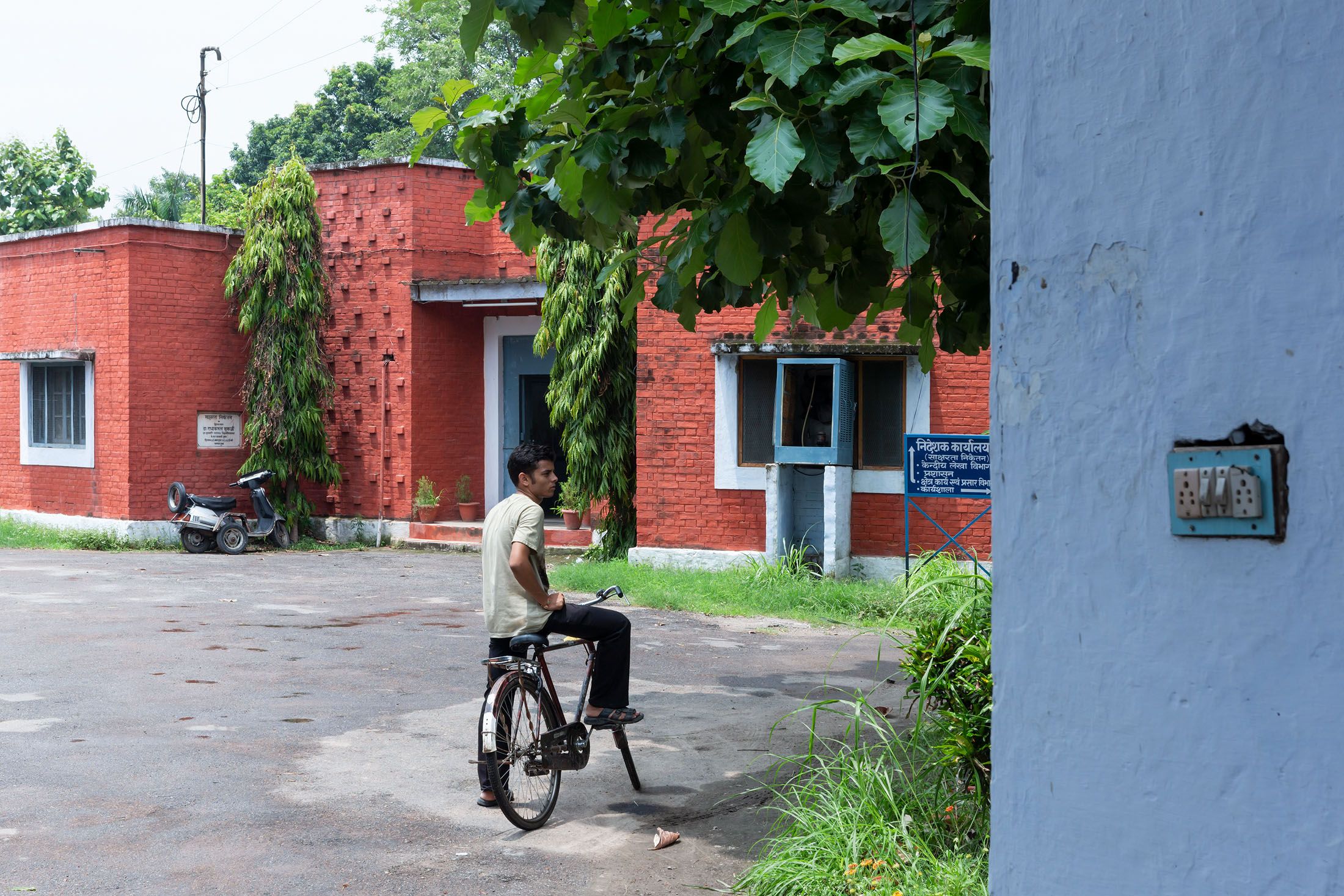Aluminaire House – Albert Frey
Albert Frey (1903–1998), the Swiss-born architect who helped shape desert modernism in Palm Springs, brought a European sensibility informed by his time with Le Corbusier. In the United States, his collaboration with A. Lawrence Kocher produced the Aluminaire House of 1931, a lightweight aluminum and glass prototype for mass production. Built in ten days, it drew more than 100,000 visitors and became the first all-metal house in the country. Its importance was confirmed when it appeared in MoMA’s 1932 exhibition “The International Style.” After decades of relocation and preservation efforts, the Aluminaire House was finally brought to Palm Springs, where it is now part of the Palm Springs Art Museum’s collection.



